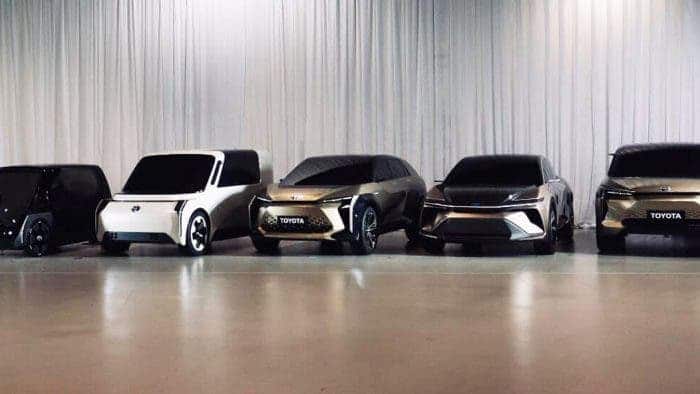The cost increase of key materials for lithium-ion batteries such as lithium, graphite, and cobalt will continue until 2022. This will affect the activities of various companies operating in different fields. Among them, it seems that the automakers will suffer the most. The cost increase of these materials will drive the cost increase at automakers.
As Bloomberg reported, battery metals are experiencing an unprecedented boom. The epidemic intensifies supply tensions. So the global pursuit of green energy has led to a surge in demand for materials. They include lithium, cobalt, and nickel. They should increase battery costs and delay electric vehicles.
Head of metals and mining at BloombergNEF Kwasi Ampofo said that the supply chain restrictions on battery materials will continue until 2022.
Also Read: Morgan Stanley Proves Chip Shortage For Auto Industry Is Almost Over
“The new Covid-19 variant has thrown a cog in the wheel of the global recovery. We expect the supply-chain constraints that impacted the movement of materials this year to remain well into 2022.” He also thinks that prices of lithium, graphite, and cobalt are likely to stay high. But they should go down in 2023.
Prices Of Lithium, Cobalt, and Other Metals Used In Batteries
The lithium price index has more than tripled this year and hit a record high․ The price of lithium will remain at a relatively high level for a period of time. “It’s hard to see any material changes in global market tightness in the short term,” the Chinese producer Chengxin Lithium Group said in a written response to Bloomberg News.
In addition, the price of cobalt has doubled and the price of nickel has risen by approximately 17%. Cobalt is mined mainly in South Africa. Due to various factors, currently, the supply chain faces myriads of problems. This is especially true for the Democratic Republic of Congo. According to Alice Yu, an analyst at S&P Global Market Intelligence, “Omicron risks worsening logistical challenges, and could delay the timing of a price correction.”

After many years of inactive operation, green exuberance has tightened the lithium market this year. So the miners hurry to expand capacity. In this sense, long-term electric-car demand is what they need. Moreover, passenger electric vehicles showcase unprecedented sales – from 3 million in 2020 they will reach 66 million in 2040.
“We expect global average lithium prices to continue increasing over the next couple of years as contract prices start catching up to spot and as supply continues to be unable to reach demand,” said Cameron Perks, an analyst at Benchmark Mineral Intelligence. “A balanced market is not projected until 2025 or 2026 at which point prices may start to subside.”
Follow Gizchina.com on Google News for news and updates in the technology sector.





